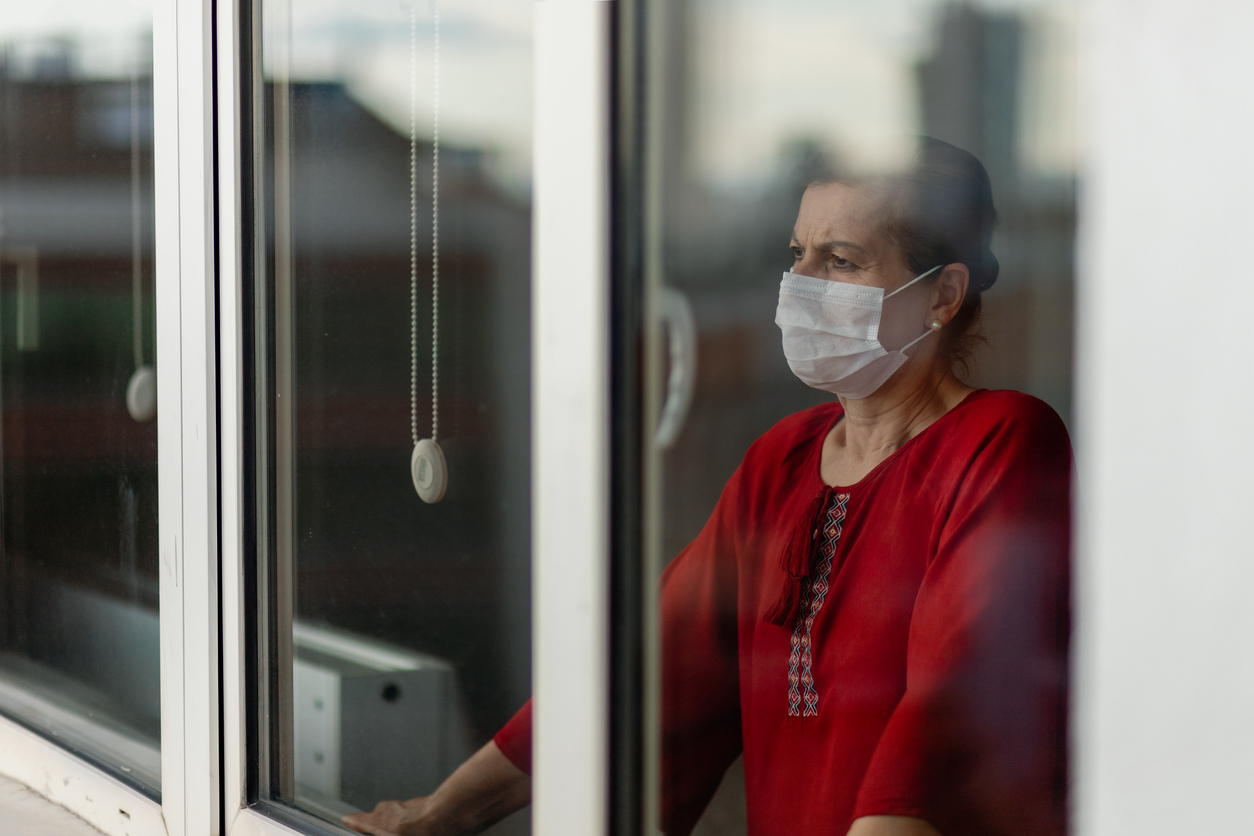
'Touch' likely to get better as COVID 'moves' from surface to air
After warning us not to touch doorknobs or that cardboard wrapped parcel from your favourite online retailer, new scientific studies show that the risk of contracting the deadly, highly contagious coronavirus through a contaminated surface or object is “low”.

After warning us not to touch doorknobs or that cardboard parcel from your favourite online retailer, new scientific studies show that the risk of contracting the deadly, highly contagious coronavirus through a contaminated surface or object is ‘low.’
Latest scientific studies have revealed that there is a less than 1-in-10,000 chance of contracting COVID-19 from surfaces and this was acknowledged by the US Centers for Disease Control and Prevention (CDC) last week. The CDC then went ahead and updated its guidelines on cleaning and disinfecting household surfaces that we come into contact with on a daily basis.
This is a paradigm shift in our understanding of how the disease gets transmitted and will make us less paranoid about touching surfaces in our own homes and offices. It will also put an end to the endless cleaning and scrubbing of different surfaces in our homes and offices and make us rethink our defence tactics towards fighting COVID. But, we still cannot breathe easy, as the virus is now learnt to be airborne and scientists are advocating to mask up even while touching surfaces.
Also read: Daily COVID-19 deaths may go above 2,000 by June, says Lancet study
What does new CDC guidelines say?
The CDC in its recent updated guidelines said that while it is possible that people can get the virus from surface contact, it is no longer the “main route” how SARS-CoV-2 spreads”. Research by scientists, who have been working on tracing the lifespan of the deadly virus on different mediums since it first reared its head in Wuhan, have shown that the respiratory virus is more likely to spread through direct contact, droplets or airborne transmission.
What is the latest evidence on life of SARS-CoV-2 on surfaces?
SARS-CoV-2 can survive on a number of different porous and non-porous surfaces for varying periods of times. Studies have shown that the virus was not detectable within hours or minutes on porous surfaces but the virus was viable for days to weeks on non- porous surfaces. It is clear that the virus did not survive for more than three days on indoor surfaces such as glass, steel or plastic, said the CDC.
So, should we still focus on deep cleaning our surfaces?
In its updated guidelines, CDC has said that deep cleaning is required only in a few scenarios. It is enough that you clean and wipe surfaces with soap and detergent to reduce the risk of transmission by the virus. There is not much scientific support for routine use of disinfectants in both indoor and outdoor community settings to prevent the virus from transmitting from surfaces.
When is deep cleaning required?
The CDC has specified only one non-medical environment where deep cleaning is required and that is in an “indoor environment where an individual has tested positive for COVID within the last 24 hours”. Otherwise, just routine cleaning with soap or detergent once a day is effective enough to lower virus levels on surfaces, the CDC has said.
Do masks help to avoid surface transmission?
The CDC also emphasised that wearing face masks regularly and correctly can reduce surface transmission. In fact, scientists and researchers argue that instead of focussing on encouraging deep cleaning indoors and outdoor surfaces, it would be better to enforce mask wearing and other Covid protocol such as social distancing.
Also read: Strong evidence to prove coronavirus is airborne: new study
What does new scientific evidence of virus being airborne mean?
Latest conclusions from multiple studies, and acknowledged by CDC too state that SARS-Cov-2 largely spreads through airborne transmission and not through surfaces. A recent study published in the journal The Lancet also asserted that air transmission is predominant and dismisses chances of surfaces. The study highlights that the spread of SARS-CoV-2 from asymptomatic or presymptomatic individuals via droplets contributes to at least 40 per cent of all transmission. The Lancet study also concluded that there is not much evidence that the large droplets, which settle on the surface are involved in spreading the disease.
COVID-19 patients may transmit the virus via the release of droplets and small particles called aerosols when they cough, talk, laugh or breathe. The person in their vicinity may inhale the lingering droplets and get infected. Even small droplets may trigger an infection in individuals.
Are transmission chances higher indoors than outdoors?
Research also reveals that the transmission chances are higher indoors compared to outdoors, and it could be curbed by proper indoor ventilation.
How to avoid airborne transmission
Air filtration, masks, and fewer people in a room—must be strictly followed as against cleaning the surfaces. The CDC has recommended that if all people wear face masks whenever they interact with others, the spread of COVID-19 can be drastically reduced.
What scientists said about surface transmission in the past
When the pandemic broke out last year, several experts warned that the infection could spread via surfaces. Early research suggested the virus could survive on surfaces like plastic or steel for days. And CDC had warned that touching contaminated surfaces and then touching your face, eyes or mouth could lead to the spread of COVID-19.
In May last year, the CDC clarified that surface transmission was the not primary route but still recommended disinfecting “frequently touched surfaces”. With this new evidence, it has recommended that we deep clean less.


